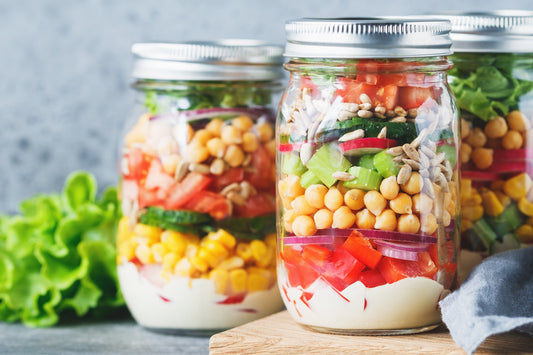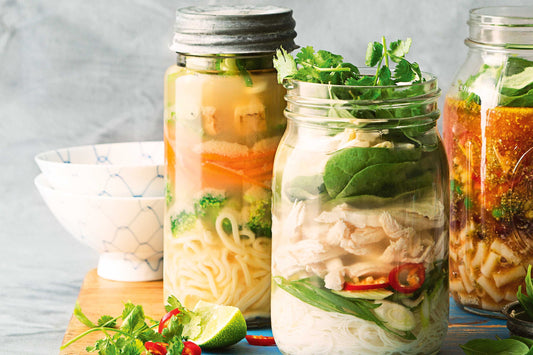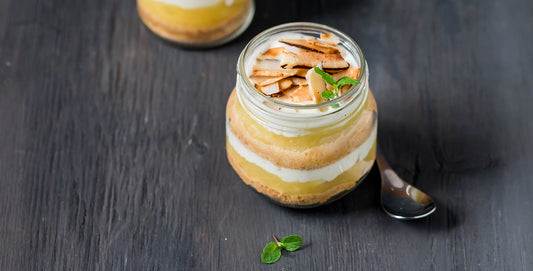Butcher paper is an indispensable tool in both professional and home kitchens, offering a range of uses from meat wrapping to smoking, crafting, and more. Choosing the right butcher paper can significantly impact the quality and outcome of your food preparation or projects. This comprehensive guide you how to choose the ringht butcher paper.
What Is Butcher Paper Used For?
Butcher paper is a versatile material used for various purposes. Here are some common applications:
- Wrapping Fresh Meat: In butcher shops and grocery stores, butcher paper is used to wrap fresh cuts of meat. Its breathable nature helps maintain the meat's freshness by allowing some air circulation while protecting it from contaminants.
- Smoking and Grilling: In barbecue culture, butcher paper is favored for wrapping meats like brisket during smoking. It allows smoke to penetrate while retaining moisture, resulting in a tender, flavorful product.
- Crafting and Packaging: Butcher paper is also popular for arts and crafts projects, as table covers for events, and for general packaging due to its durability and versatility.

What Are the Different Types of Butcher Paper?
Understanding the various types of butcher paper is crucial in selecting the right one for your needs. Here are the main varieties:
Brown Butcher Roll (Kraft Butcher Paper)
- Material: Made from unbleached kraft paper.
- Uses: Ideal for general meat wrapping, packaging, and crafting.
- Properties: Sturdy and breathable, making it suitable for both food and non-food uses. The natural brown color gives a rustic appearance, often preferred in artisanal settings.
White Butcher Roll
- Material: Similar to kraft butcher paper. But it has undergone a bleaching process to remove the natural brown color of the wood pulp.
- Uses: Wrap and deliver deli foods, such as sandwiches, wraps, meats, and more. Plus, white butcher paper can be used to wrap meat products before smoking. Moreover, it can be used for disposable table coverings for arts and crafts stations, buffets, or presentation tables.
- Properties: Typically untreated, making it safe for food contact. It has a clean, white appearance that can be used for more formal presentations.

Pink Butcher Roll
- Material: The pink tone comes from the natural color of the Southern Pine wood pulp.
- Uses: Popular in barbecue for wrapping meats during smoking.
- Properties: Breathable, allows smoke to penetrate, and helps retain moisture and flavor in meats. The pink color is a tradition in many barbecue communities, often referred to as "BBQ paper."

Peach Treated Butcher Roll
- Material: Kraft paper treated to resist moisture and blood.
- Uses: Excellent for wrapping fresh meats and smoking.
- Properties: Treated to enhance moisture resistance while maintaining breathability. Ideal for preserving meat quality and preventing leaks, making it a preferred choice for butchers and barbecue enthusiasts.
Gardenia Butcher Roll
- Material: White paper with a special treatment for added strength and moisture resistance.
- Uses: Often used in high-end meat wrapping and presentation.
- Properties: Combines the benefits of white butcher paper with added durability and resistance to moisture. This type of paper is often used in premium settings where presentation and performance are equally important.

What Kind of Butcher Paper Do You Use for Smoking?
For smoking meats, the preferred choices are pink or peach treated butcher paper. Here’s why:
- Pink Butcher Paper: Its breathable nature allows smoke to penetrate while retaining moisture and flavor. It's especially popular for smoking brisket, as it helps create a desirable bark on the meat while keeping it tender.
- Peach Treated Butcher Paper: Offers the same breathability as pink butcher paper but with added moisture resistance. This makes it perfect for longer smoking sessions, ensuring the meat remains juicy without becoming soggy.
Key Considerations for Choosing Butcher Paper
When selecting the right butcher paper, consider the following factors:
Intended Use
- For Wrapping Fresh Meat: Look for paper that resists moisture and helps maintain freshness.
- For Smoking or Grilling: Choose paper that withstands high temperatures and allows smoke penetration.
- For Crafting or Packaging: Focus on thickness and durability to handle various projects and packaging needs.
Material and Treatment
- Brown (Kraft) Butcher Paper: Unbleached, sturdy, and breathable, suitable for general use.
- White Butcher Paper: Bleached, versatile, and food-safe, offering a clean appearance.
- Pink Butcher Paper: Pink color, breathable, and ideal for smoking.
- Peach Treated Butcher Paper: Moisture-resistant and breathable, perfect for both wrapping and smoking.
- Gardenia Butcher Paper: Treated for extra strength and moisture resistance, suitable for premium applications.
Additional Properties
- Waxed Paper: Moisture-resistant but less breathable, good for short-term meat storage.
- Thickness: Measured in pounds (weight per ream). Heavier paper (e.g., 50 lb. or 60 lb.) is more durable and can handle heavier items or longer usage.
- Roll vs. Sheet: Rolls offer flexibility in size, allowing you to cut the exact amount needed. Sheets are convenient for quick use and can save time in busy environments.
Safety and Compliance
- Food-Grade: Ensure the paper is food-grade if it will contact food directly. Look for certifications or mentions that it is FDA-approved for food contact.
- Heat Resistance: If using for smoking or grilling, check the paper’s heat resistance to ensure it can withstand high temperatures without burning or disintegrating.
Size and Quantity
- Width and Length: Consider the dimensions you need. Rolls often come in various widths (e.g., 18", 24", 36") and lengths. Wider rolls are useful for wrapping larger cuts of meat or covering bigger surfaces.
- Quantity: Depending on your usage, buy in appropriate quantities. Commercial use might require bulk buying, while home use might need smaller quantities. Purchasing in bulk can also be more cost-effective.
Conclusion
Choosing the right butcher paper involves understanding its intended use, material, and specific properties. Whether you need it for wrapping fresh meat, smoking a brisket, or crafting, selecting the appropriate type of butcher paper will ensure you get the best results. By considering factors like material, treatment, safety, and size, you can confidently pick the most suitable butcher paper for your needs.
By keeping these considerations in mind, you'll be well-equipped to select the right butcher paper for any task, ensuring your food stays fresh, your barbecue is flavorful, and your projects are completed with durability and style.









